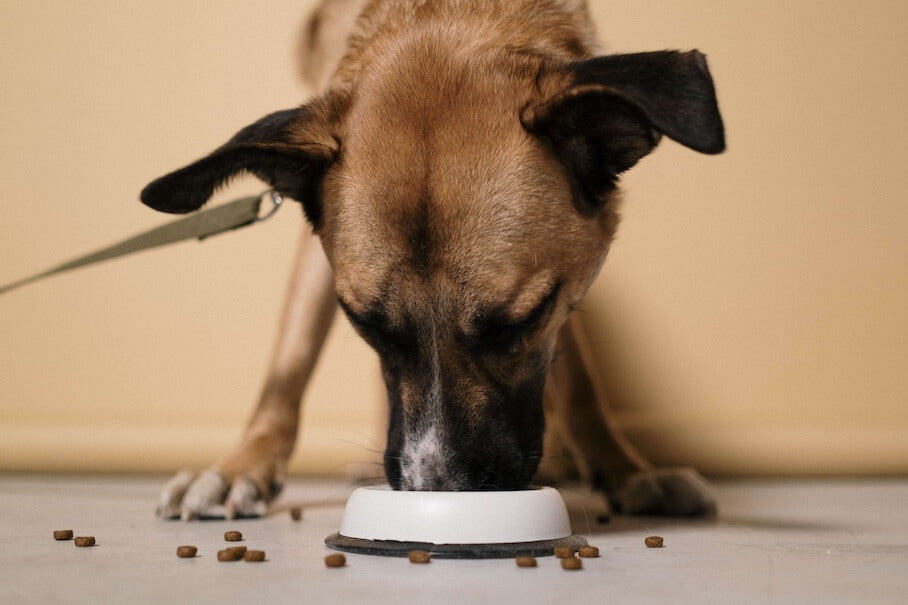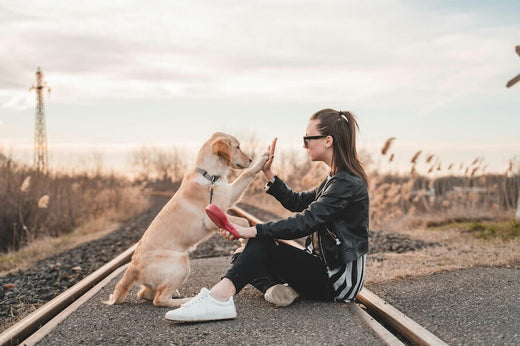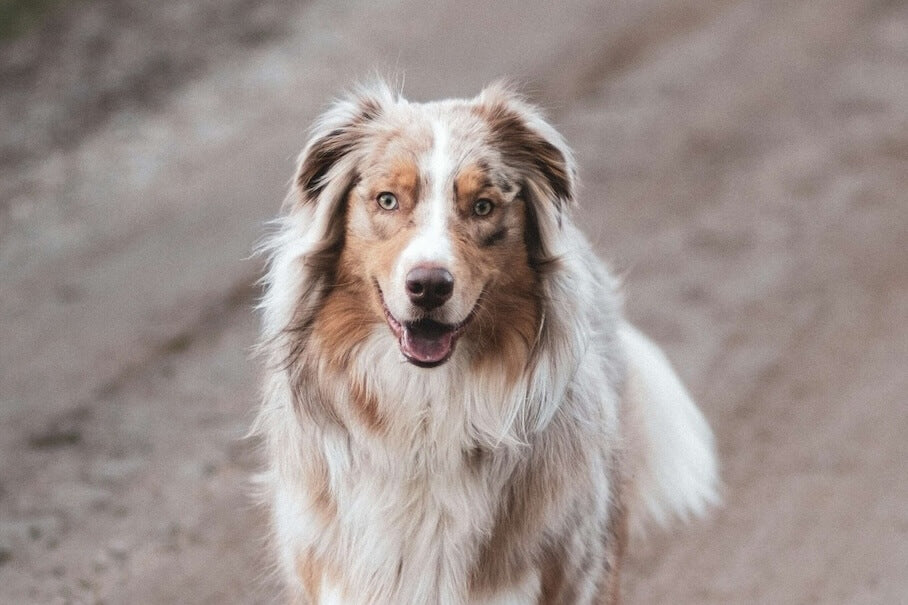The number of meals you should give your dog per day depends on several factors, including your dog's age, size, activity level and health. Here are some general guidelines:
puppies
Puppies usually require several small meals a day to meet their energy needs and support their growth. Typically, puppies are fed about 3 to 4 times a day until they are about 6 months old.
Adult dogs
For adult dogs, it is common to feed two meals a day, one in the morning and one in the evening. This division allows not to overload the dog's stomach and to distribute energy evenly throughout the day.
Older dogs or dogs with health problems
Older dogs or dogs with certain health problems may benefit from dividing their meals into smaller portions to avoid stomach problems or support metabolism.
It's important to remember the right portion size for each meal and make sure the total amount of food meets your dog's individual energy and nutritional needs. It can also be helpful to keep feeding times consistent to give your dog a set schedule.
If you are unsure about how often to feed your dog or what amount is appropriate, it is advisable to speak to your veterinarian. A veterinarian can make recommendations based on your dog's specific needs and health conditions to ensure he is receiving a balanced and healthy diet.
Regular feeding times
- Regular feeding times can help your dog develop a stable daily routine and can be useful for regulating his metabolism.
- Many dogs like to have a set schedule and expect their meals at specific times.
- Regular feeding times also allow you to better control how much your dog eats, which is especially important if you need to monitor your dog's food intake, for example when on a diet.
- Some dog owners choose to give their dog free access to food by providing a certain amount of food throughout the day.
- This method may be appropriate for dogs who tend to eat in small amounts or who have problems with regurgitation or stomach upset when eating large meals at once.
- It is important to ensure that your dog does not overeat when he has free access to food, as this can lead to obesity or other health problems.
Ultimately, the decision between regular feeding times and free access to food depends on your dog's individual needs and habits, as well as your personal preference and lifestyle. Whatever you choose, make sure the total amount of food is appropriate and meets your dog's needs to ensure healthy nutrition and good well-being.
WILL MY DOG GET LESS FOOD IF I GIVE HIM TREATS?
balanced diet
Make sure your dog's total food is balanced and contains all the nutrients he needs in the right amounts. Treats should not make up more than 10% of your dog's daily calorie intake to ensure he is still getting enough from his main food.
Healthy treats
Choose high-quality and healthy treats for your dog that are free from harmful additives, colorings and preservatives. There are many healthy treats on the market that are specifically designed for dogs and can be a great addition to their diet.





Leave a comment
All comments are moderated before being published.
This site is protected by hCaptcha and the hCaptcha Privacy Policy and Terms of Service apply.